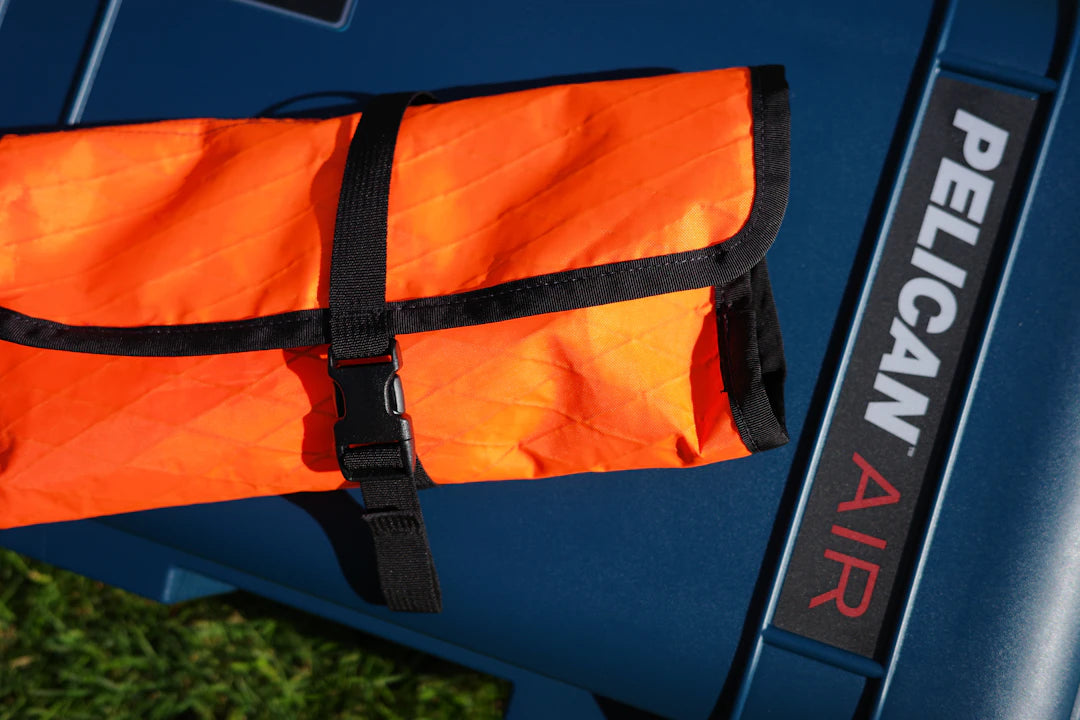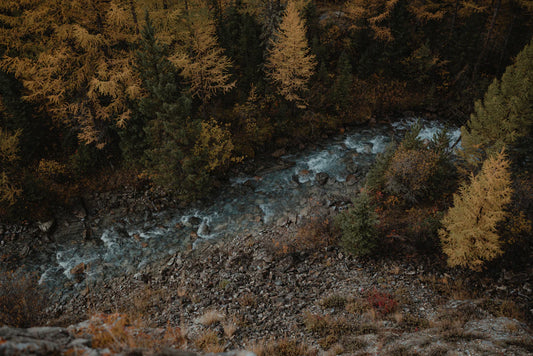
Backpacking Basics: Essential Tips for Beginners
Share
Frequently Asked Questions
1. What is backpacking?
2. How do I choose a backpacking destination?
3. What essential gear do I need for backpacking?
4. What are the safety tips for backpacking?
5. What are the Leave No Trace principles?
Are you ready to hit the trails and explore the great outdoors? Backpacking offers a unique way to connect with nature, escape from the hustle and bustle of everyday life, and experience adventure like never before. However, if you're new to backpacking, it can be overwhelming to know where to start. This guide is here to provide you with essential tips and insights to make your first backpacking trip enjoyable and memorable.
Understanding the Basics of Backpacking
Backpacking is more than just hiking; it's a multi-day journey that involves carrying all your gear on your back while traversing trails. Getting started requires some preparation, knowledge, and a sense of adventure. If you’re eager to hit the trails, let’s dive into some basics!
Choosing Your Destination
One of the first steps in planning your backpacking trip is to choose a destination. Consider the following factors:
- Skill Level: As a beginner, opt for less challenging trails. Look for well-marked paths with a manageable distance.
- Season: Research the best time of year to hike in your chosen location to avoid extreme weather conditions.
- Permits: Some trails require permits for overnight camping, so make sure to check ahead of time and secure necessary permissions.
Gear Up for Adventure
Your backpacking gear is crucial. The right equipment can make or break your experience. Let's explore the essentials you'll need.
Backpack Selection
The backpack is your most important piece of gear. Look for a lightweight, comfortable pack that fits your torso size and has sufficient capacity (40-70 liters is ideal for multi-day hikes). Make sure it has padded straps for comfort and support, as well as enough pockets for organization.
Cooking Gear and Food
Eating well on the trail is essential. A portable stove, cooking pots, and utensils are great staples for preparing hot meals.
- Food: Opt for lightweight, calorie-dense food. Dehydrated meals, energy bars, and trail mix are excellent choices.
- Water: Hydration is key. Carry a water filtration system or purification tablets to ensure you have access to safe drinking water.
Clothing Essentials
Weather can change rapidly in the mountains; therefore, layering is vital. Here’s how to dress:
- Base Layer: Choose moisture-wicking fabrics that keep sweat away from your skin.
- Insulating Layer: Fleece or down jackets are excellent for retaining heat.
- Outer Layer: A waterproof jacket will protect you from rain and wind.
- Footwear: Invest in high-quality hiking boots or shoes, as the right footwear can prevent blisters and ensure comfort.
Embracing Camp Life Tee
When spending nights in the great outdoors, it's not only about functional gear; comfort is essential too. Whether sitting by the campfire or lounging at your campsite, having a cozy Camp Life Tee is perfect for those chilly evenings. Made from soft, breathable materials, it allows you to stay comfortable while looking stylish during your trip.
Setting Up Camp
Once you've completed your hike for the day, it’s time to set up camp. Choose a flat area away from water sources and trails, and ensure you're respecting the natural environment. Set up your tent, organize your gear, and establish a cooking zone away from your sleeping area to keep things safe and tidy.
Safety and Navigation Tips
Backpacking adventures can lead you to isolated areas; thus, it’s crucial to prioritize safety. Here are some safety tips to keep in mind:
Know How to Read a Map and Use a Compass
While GPS technology is convenient, having a physical map and compass is invaluable. Familiarize yourself with the terrain, trails, and potential hazards in your area. Practice reading a map before heading out on your trip.
First Aid Kit
Bring a small first aid kit with essentials like band-aids, antiseptic wipes, and any personal medications. Being prepared for minor injuries can make a significant difference in your outdoor experience.
Leave No Trace Principles
To preserve the beauty of nature, it’s essential to minimize your impact on the environment. Follow these Leave No Trace principles:
- Plan Ahead: Efficient planning prevents over-crowding and minimizes environmental impact.
- Travel and Camp on Durable Surfaces: Stick to trails and established campsites where possible.
- Respect Wildlife: Observe animals from a distance and do not feed them.
- Pack It In, Pack It Out: Always leave the site as you found it, ensuring to carry out all trash.
The Joy of Hiking and Backpacking
While the technical aspects of preparing for a backpacking trip are crucial, don’t forget to relax, take in your surroundings, and enjoy the journey. Hiking helps foster a deepened appreciation for nature and can bring about a sense of peace and accomplishment that few other activities can rival.
Documenting Your Journey
Consider keeping a journal or taking photographs to document your trip. This reflection can enhance the experience and serve as a fun way to reminisce about your adventures later on. Sharing your journey on social media can inspire others and build a community around your love for hiking.
Ready, Set, Backpack!
Now that you have the essential tips for backpacking, it’s time to plan your first adventure! Embrace the excitement of discovering new trails, challenging yourself outdoors, and soaking in the beauty of nature. Remember, preparation is key, so take the time to equip yourself adequately, and don’t forget to pack your favorite Camp Life Tee to keep your spirits high along the journey. Happy trails!












